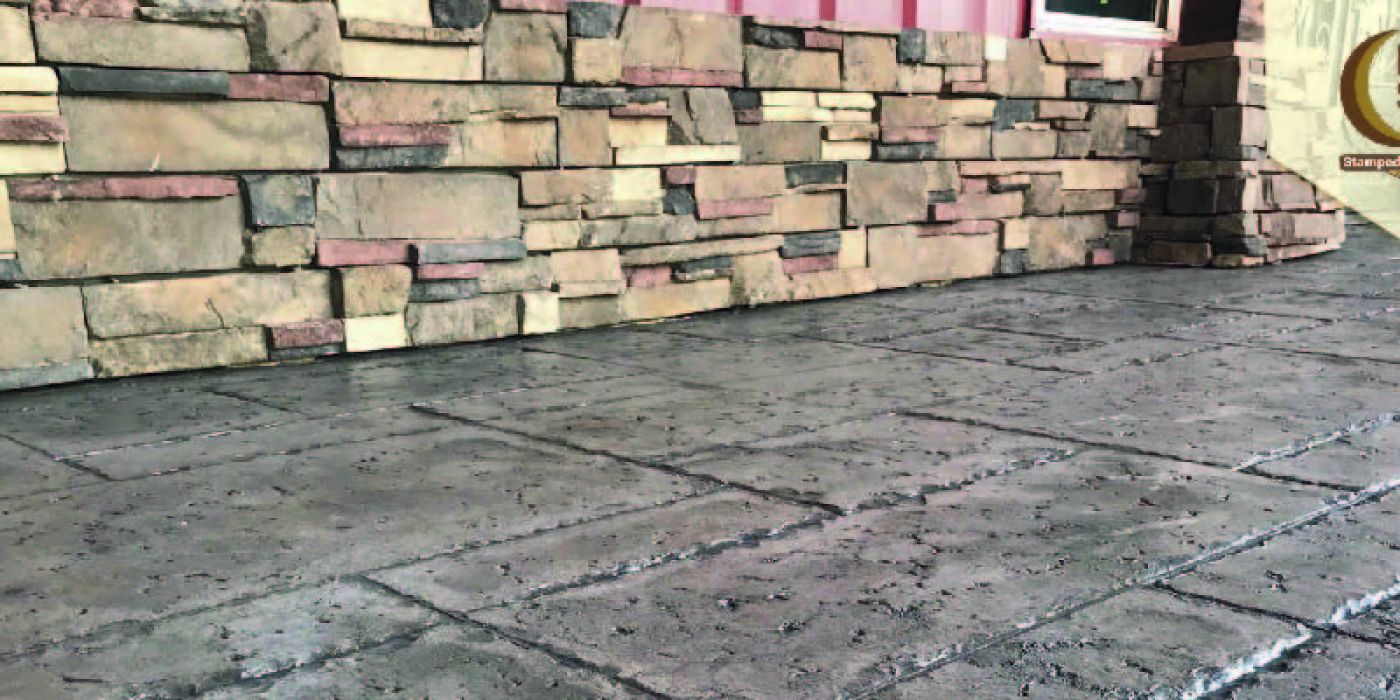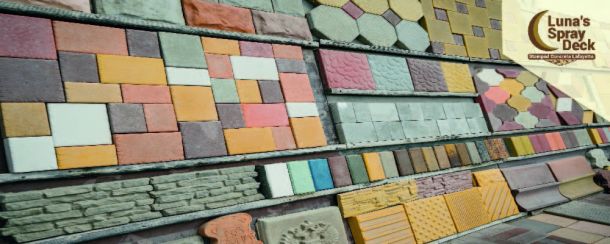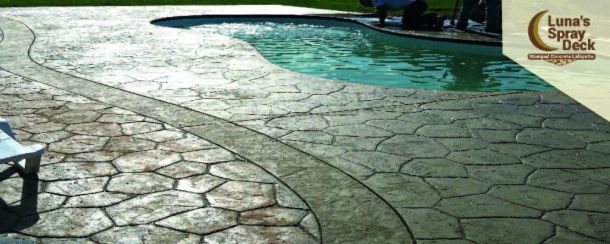
BLOG
Ayudando a propietarios de negocios con recubrimiento de concreto estampado en la ciudad de Lafayette, Opelousas, Lake Charles, Youngsville y Baton Rouge.
Tips to Prevent Cracks in Stamped Concrete
Stamped concrete is a popular choice for enhancing the aesthetics of outdoor spaces, offering both beauty and durability. However, like any concrete surface, it is susceptible to cracking over time. To ensure your stamped concrete remains flawless, it's essential to take preventive measures. In this blog, we'll share valuable tips on how to avoid cracks in your stamped concrete, prolonging its lifespan and maintaining its stunning appearance.
Understanding the Causes of Cracks:
Before delving into prevention, it's essential to grasp why cracks may occur in stamped concrete:
- Shrinkage Cracks: These are common in all concrete surfaces and result from the natural curing process as concrete dries and contracts.
- Settlement Cracks: Uneven settling of the ground beneath the concrete can lead to cracks.
- Freeze-Thaw Damage: In colder climates, freeze-thaw cycles can cause concrete to expand and contract, leading to cracks.
- Inadequate Reinforcement: Poorly placed or insufficient reinforcement can weaken the concrete, making it more prone to cracking.
Tips to Prevent Cracks:
1. Proper Site Preparation:
Ensure the subgrade is well-compacted and properly prepared before pouring concrete.
Use appropriate base materials, such as gravel or crushed stone, to provide good drainage and support.
2. Reinforcement:
Use steel reinforcement, such as rebar or wire mesh, to strengthen the concrete and reduce the risk of cracking.
Properly space and secure reinforcement materials to maximize their effectiveness.
3. Control Joints:
Incorporate control joints into the design to encourage controlled cracking at predetermined locations.
Ensure that control joints are spaced appropriately to accommodate the concrete's anticipated movement.
4. Adequate Curing:
Properly cure the concrete after it's poured by keeping it moist and protected for the recommended time.
Adequate curing helps prevent rapid drying, which can lead to surface cracking.
5. Avoid Excessive Water:
Maintain the correct water-to-cement ratio during mixing to ensure the concrete's strength and durability.
6. Quality Installation:
Hire a reputable contractor with experience in stamped concrete to ensure a quality installation.
Ensure that the stamping process is done correctly to prevent surface stress.
7. Sealant Application:
Apply a high-quality concrete sealer regularly to protect the surface from moisture and environmental factors that can lead to cracking.
8. Regular Maintenance:
Inspect your stamped concrete periodically for any signs of wear, and address any issues promptly.
Conclusion:
By following these preventive measures and investing in proper installation and maintenance, you can significantly reduce the risk of cracks in your stamped concrete.
Terrazas de piscinas, patios, pasarelas, entradas de vehículos, vías de entrada, epoxi para garajes, revestimiento de hormigón de imitación de madera, tablones de madera, juntas de masilla, estampado personalizado.
Nearby Accommodations
Latest Articles

Eco-Friendly Alternatives to Concrete

Stamped Concrete in Wet Areas



